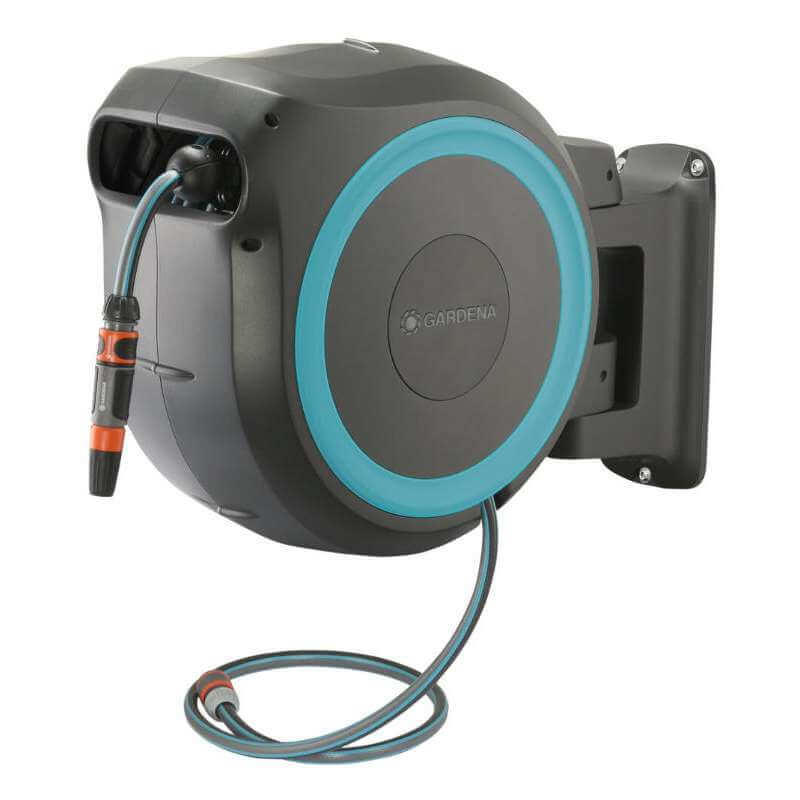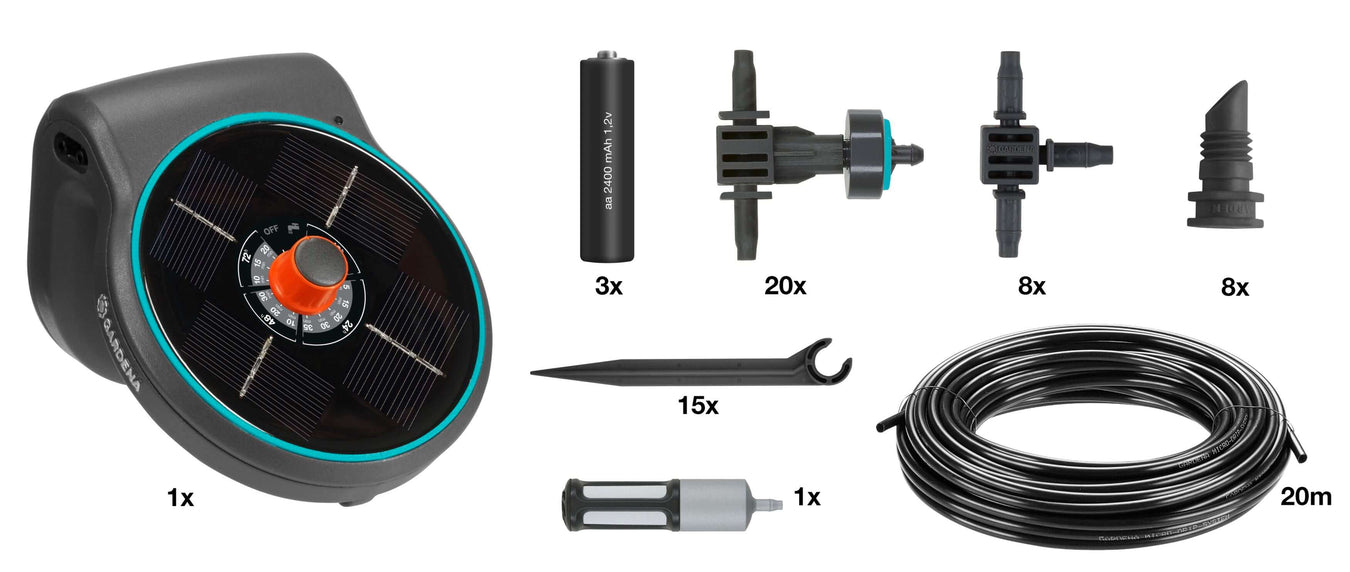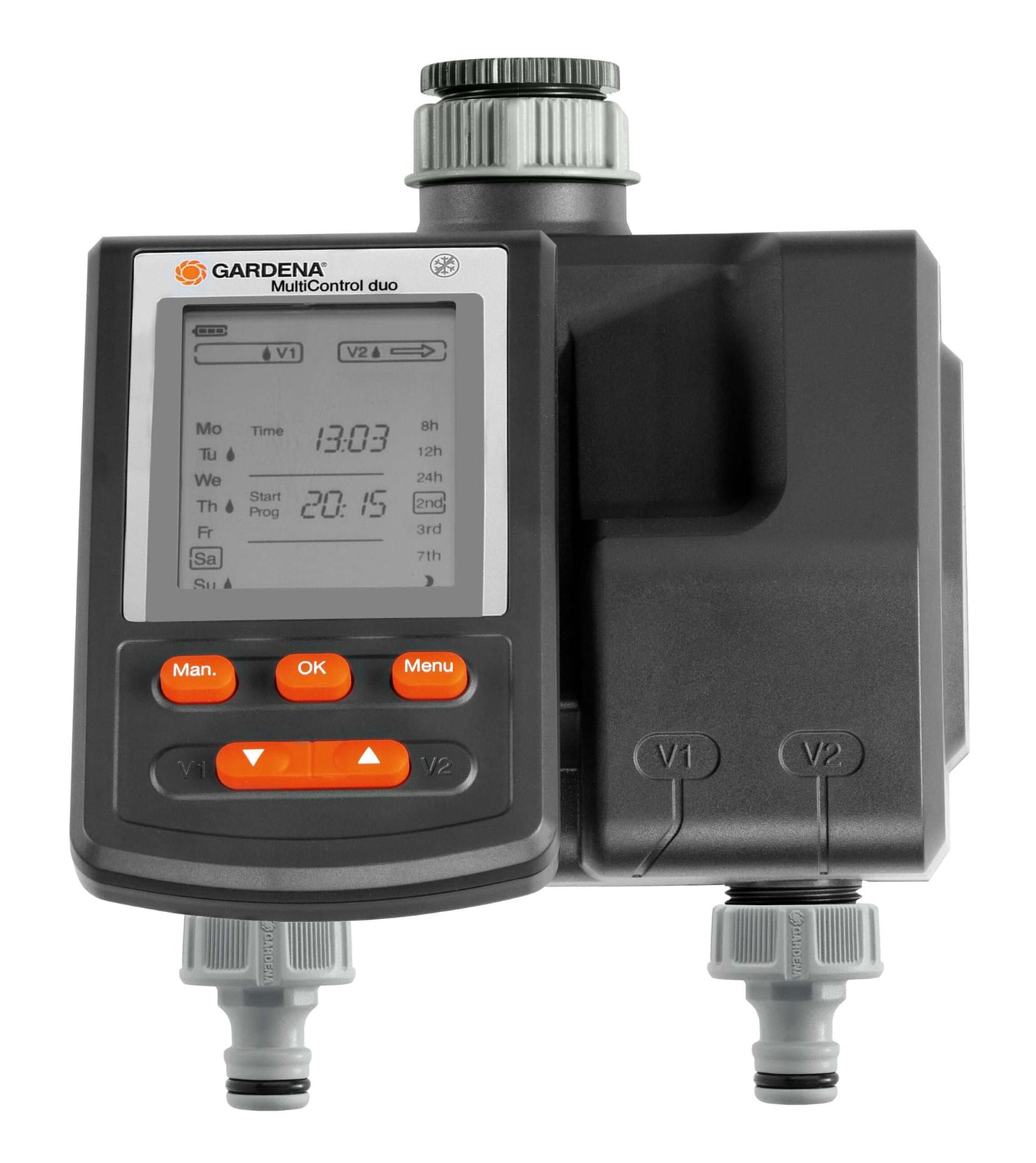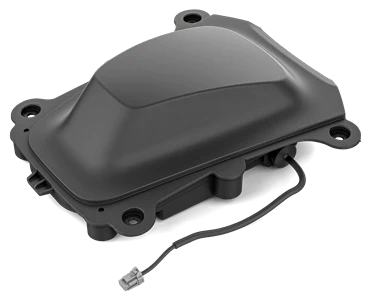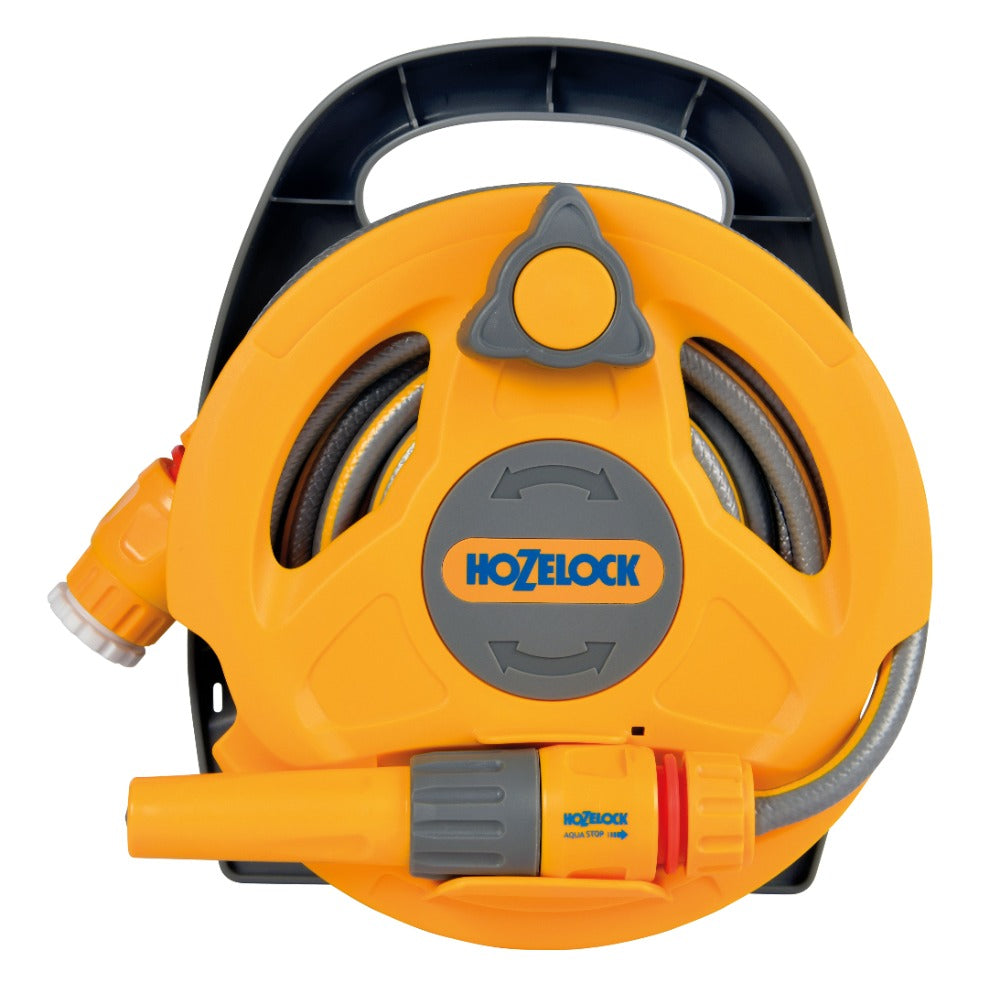(Mon-Fri 9.30am-4.30pm)

What are electric fence insulators
Electric fence insulators come in all shapes and sizes but the purpose is always the same, they are used for holding the fence line in place without leaking power to the ground. An electric fence system that uses a good quality insulator, such as Horizont, will be more reliable and long-lasting.
Low quality, budget electric fence insulators are more likely to allow electrical leakage to the ground, and to suffer breakage in use, and during installation. The quality brands, Horizont or Hotline, actually provide a more cost effective electric fence insulator in the long-run despite not necessarily being the cheapest initial purchase.
The cost to you and stress of losing control of livestock or pets, can be avoided by always using the very best components in your electric fence. We recommend and sell Horizont insulators because, as a German manufacturer, they ensure that quality is always maintained.
The choice of an electric fence insulator is based on several criteria:
- The type and size of conductors you wish to install
- The type of fixing required: will they screw in, or hammer in, and so on?
- Is the fence permanent or temporary?
- Are they for straight runs, or corners?
- And most importantly, what is your personal preference?
- If an unsuitable insulator is used, there will be damage to the conductor material and a risk to the herding safety of the fence system.
A BRIEF GUIDE TO ELECTRC FENCE INSULATORS
LINE OR GUIDE INSULATORS
The conductor material is guided close to the fence post which makes the fence particularly stable. In addition, their small surface area prevents animals from leaning against or touching the insulators and possibly bending them
CORNER INSULATORS
If you want to build a corner in your fence, we recommend using so-called corner insulators. These can be screwed to the inside of the post. Corner insulators take heavy forces. They are particularly stable and usually have a metal support inside the insulator which absorbs the tensile forces from the conductor material. This means that the fence is stable and will not collapse in windy conditions. A poor quality corner insulator used here, can affect the structure of the whole fence.
COMBINED INSULATORS
You should always use the appropriate insulator for your conductor material. Combined insulators are highly recommended because they allow for situations where you might wish to install tape, rope or poly-wire without having to change the insulator.
STRAIN INSULATORS
These are used at the beginning and end of a fence section or at points where there is a change in direction. They are particularly suitable for tensioning ropes or wire.
You are unlikely to be able to get the correct tension in your conductors unless you use strain insulators - normal insulators will not do the job.
Insulators for tape are also available for corners, and end of runs. The are easily adjusted, and locked, by using the stainless steel buckle clip - very easy.
OFF-SET INSULATORS
Use off-set insulators to hold the conductor away from the post and allow good clearance from walls, foliage, and stock fencing that may be behind the electric fence. Any such contact may result in leakage to earth, and probably wear to the conductor - this is best avoided by a run of off-set insulators. Off-set insulators are also great for keeping animals apart because they prevent direct contact between the animal and the fence. This prevents the animals from leaning against fence posts, for example, and allows the fence to last longer. They are also used to protect solid wood fences, as the animals are not able to nibble at the wood.
FREE RUN INSULATORS
Insulators with free-running conductor material are used for stable corner posts or as line / guide insulators. The advantage is that the conductor material can be stretched over long distances because it can move freely in the insulator. If fixed insulators were to be used, the conductor material would have to be readjusted on each individual insulator
THE IMPORTANCE OF ONLY USING A QUALITY INSULATOR
Low budget insulators often have sharper edges, do not hold the tape or twine securely, and are also prone to breakage when subject to UV and long term stress.
A quality insulator from Horizont will minimise the wear that may occur on the conductor when it is flexed repeatedly by the wind. An electric fence could have an output of up to 12,000 volts, and at this voltage there can be leakage to the ground via damp surfaces on poorly manufactured insulators.
Horizont electric fence insulators are designed and manufactured to the highest standard and can be relied upon to keep the electrical charge in the fence conductor, where it is available to provide a shock deterrent to the animal.
A run of cheap inferior insulators can each leak slightly, but in total add up to a sizable amount, and your energiser output is constantly wasted. This can often explain why an energiser battery is constantly run down over a short period of time during wet weather..
FIXING METHODS
Insulators can be fastened to posts, trees and walls by several methods:
Screw in:
If insulators are to be fastened in wood, plastic or on stone walls, we supply insulators that can be screwed in, bolted, nailed or fastened with a special staple.
The Horizont range carries special insulators with a unique screw thread for screwing into wood posts and prevents splintering of the wood. These screw-in insulators can be driven quickly and reliably with a cordless drill and one of the special speed chuck tools. The time-consuming process of pre-drilling or countersinking not necessary - Horizont insulators screw straight into the wood. Cheap, inferior, insulators often break when driven in by this method, so stick to Horizont for reliability.
Screwing/nailing:
You can use electric fence insulators that can be nailed or fastened with special staples. These are best attached to wooden posts. One disadvantage is that it’s difficult to re-use or move the insulator after nailing, because the nail must be extracted without damaging the insulator.
Insulators with separate metric thread are available, they can be easily attached to drillable materials such as metal posts. Once bolted, the fixing is strong and reliable, and can easily be released for re use if necessary.
Clamps:
Depending on the type of post you use, insulators for clamping, clipping or inserting are available. These insulators can be mounted very quickly and easily directly on the post. Once again, these have the advantage of being easily and quickly removed, and if necessary, re-used in a different location.

